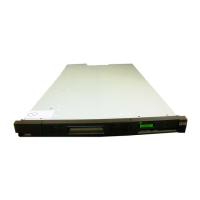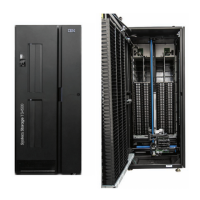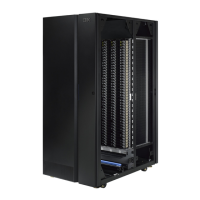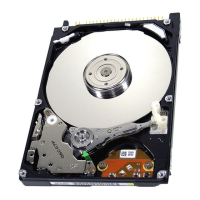v Volume management methods
v Direct copy method
v Backup and restore methods
v Dump and restore commands as well as other commands for example the tar
command
Migrating data to a DS8000 storage unit using volume management
methods
The UNIX volume manager method for migrating data is very similar to the method
that is used by AIX systems. It involves the use of commands or a combination of
commands that copy and move the data.
The following methods are available for the UNIX volume manager. The method
you choose depends on your operating environment.
The cplv method
Use the cplv command to make entire copies of logical volumes. You can issue
the cplv command without disrupting access to data that is contained within the
logical volume that it is copying. However, there is one drawback to using this
command. Active logical volumes might not be copied when you use this
command. You must ensure that your logical volumes are closed before you run
this command.
To ensure consistency and limit the problems that are associated with this
command, proceed with the following process:
1. Close your logical volumes either by unmounting the file system where they
are built on, or by shutting down any database that has an open raw logical
volume.
2. Run the cplv command.
3. Update the system configuration file, /etc/filesystems, to include the relevant
configuration data on the new logical volume and file system.
4. Issue the fsck command to run the file system integrity checker to ensure
data consistency within the new logical volumes.
The
migratepv method
This is an ideal method for moving data without disrupting users. Use
themigratepv command to create a mirror of each logical volume that is
contained within the physical volume. Issuing this command also synchronizes
both copies. The benefit of this command is that you can run it on an active
system.
You might notice some performance degradation due to the automatic nature of
the creation and the synchronization of the copy. This process writes each
physical partition and locks it from access by any other process. This can slow
down access to the data, but it ensures data integrity.
The mklvcopy, splitlvcopy method
This method is ideal for creating a copy of logical volumes. Use the mklvcopy
command to ensure data integrity by creating a mirror copy of the data and
synchronizing it automatically. Do not run the splitlvcopy command or the cplv
command on an active logical volume. If processes are updating the data while
the split is taking place, the consistency of the data on both copies cannot be
guaranteed. After you run the splitlvcopy command, update the system
configuration files. Include the relevant configuration data regarding the new
logical volume and file system. Then issue the fsck to run the file system
integrity checker to ensure data consistency within the new logical volume.
136 DS8000 User’s Guide

